Pine diseases and pests

Most species of conifers have incredibly strong immunity, which allows them to tolerate even the most severe weather conditions without any problems. However, like all plants, pine is susceptible to many diseases and pests. In this article, you will learn about common pine diseases and pests and how to counteract them.
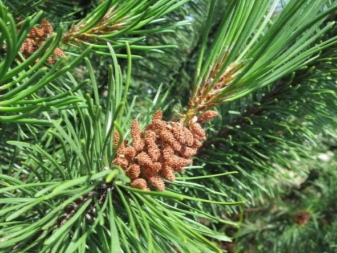
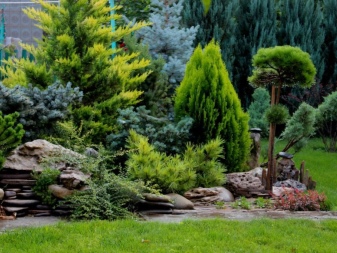
Causes and signs of defeat
Unfortunately, gardeners do not always have the opportunity to follow absolutely all the rules for growing ornamental plants on their territory. Therefore, the causes of a certain disease or the appearance of a pest can be very different.
- High or low humidity level. Also, this can include a high level of groundwater, excess or lack of water.
- Insufficient soil disinfection before planting pine.
- Supply of shoots with low-quality fertilizers.
- Lack of preventive spring pruning of dead needles and branches.
- Lack of natural sunlight.
- Poor ventilation of internal branches due to too dense needles.
- Poorly chosen landing site - usually too low or exposed to strong winds.
- Errors in the purchase, receipt and planting of seedlings, damage to the root system.
- Planting close to already infected trees.
- Insufficiently high level of soil acidity.
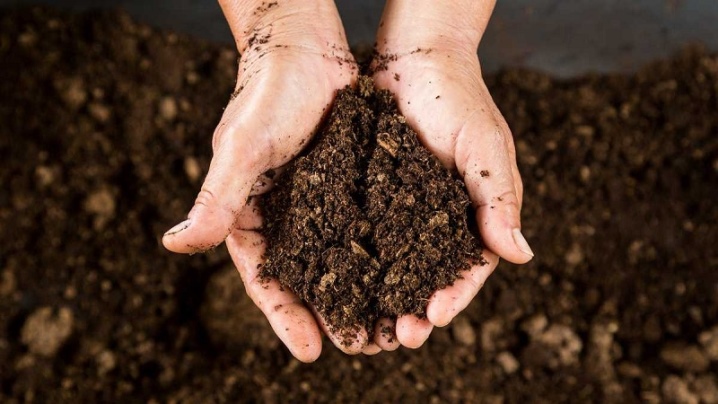
If we are talking about signs of damage and disease, then they can be different depending on the disease and the pest. The most basic:
- changes in the appearance of needles and branches - yellowing (for example, with rust) or darkening (necrosis);
- falling off needles or branches;
- the presence of white, black or yellow bloom or bubbles on the branches of the tree;
- cobweb or white dots on pine needles;
- the lag of the bark from the tree trunk;
- the presence of holes and "paths" in the trunk of a tree or on branches;
- the presence of insect colonies in needles or between tree branches;
- gradual dying off of the root system or the top of the tree;
- the appearance of cancerous ulcers on the bark of a tree.
If any of these signs are found, you should immediately seek advice from experienced gardeners and eliminate the focus of infection as soon as possible in order to prevent it from spreading to the entire tree.
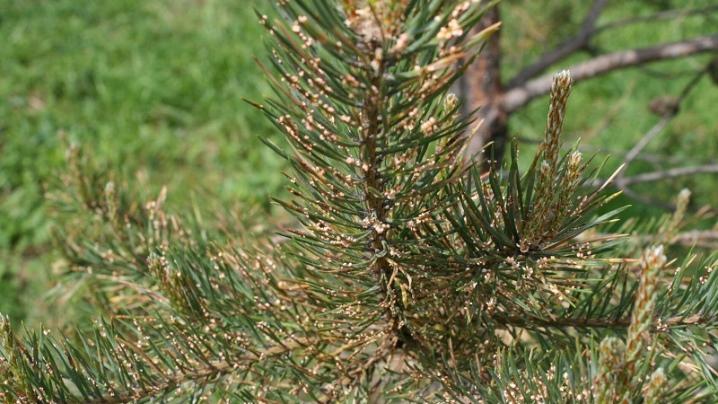
Diseases and methods of struggle
Inexperienced gardeners are of the opinion that pests are the main danger to conifers, which is fundamentally wrong. Today there are more than 10 different diseases, each of which, with unscrupulous care, can lead to the complete death of the pine. The most common cause of these diseases is fungal pathogens.
Keep in mind that all activities aimed at improving a particular tree should be carried out taking into account the rest of the closely growing trees on your site. The fact is that many harmful fungi, after the dead branches fall off, remain on the ground, in foliage, or are simply carried by the wind.
That is why, for prevention, it is necessary to process all trees in the vicinity of the infected seedling.
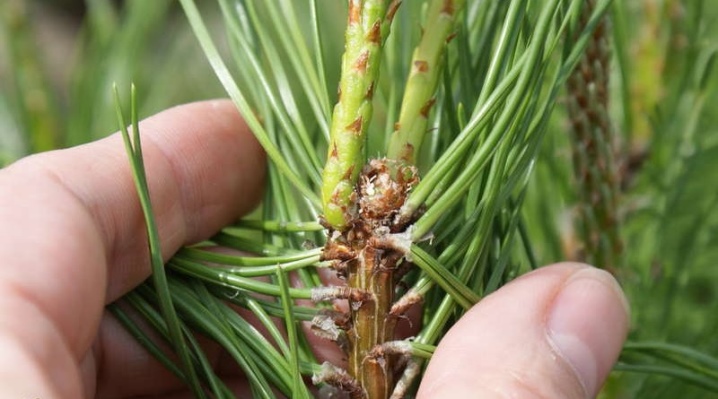
Pine wither
One of the most common fungal infections, which manifests itself mainly on young plants. The hallmark of this disease is twisted zigzag branches. This fungus spreads extremely quickly throughout the pine tree, so here for treatment it is recommended to remove all affected branches and treat the tree with standard antifungal agents (Bordeaux mixture or polycarbacin 1%).
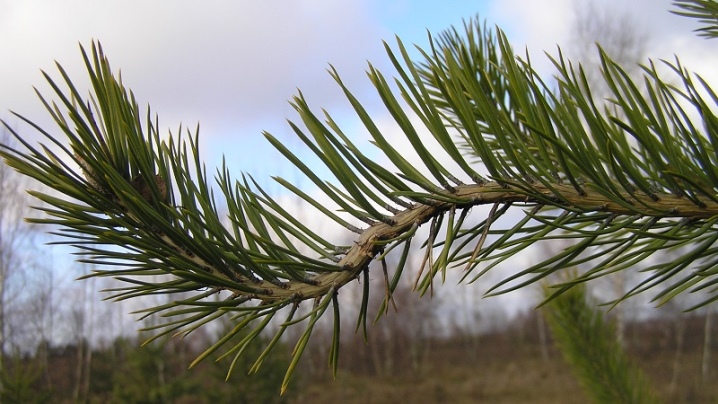
Necrosis
A dangerous fungal infection, the causative agent of which is fungi Sphaeriapithyophila Fr... This disease can overtake both adult pines and seedlings, and leads to the partial death of the lower branches of the tree, the death of needles, needles and shoots. This fungus can spread extremely quickly to neighboring branches and nearby vegetation. If timely treatment is not provided, necrosis usually leads to the death of the entire tree. This process can last up to 1 year or more.
To determine the signs of necrosis, it is enough to pay attention to the needles, shoots and bark of the tree. In infested areas, you will notice black spots or black patches on the bark, branches, or needles of your tree. In addition, the needles affected by necrosis lose their saturation and color over time.
The causes of the disease are usually high levels of humidity, lack of good lighting and poor ventilation. For the same reason, as a rule, the lower branches of the pine become the foci of the development of the fungal infection described above. The most effective method of treatment in this case will be the local removal of dead and diseased tree branches and the treatment of the entire coniferous plant with a Bordeaux one percent mixture.
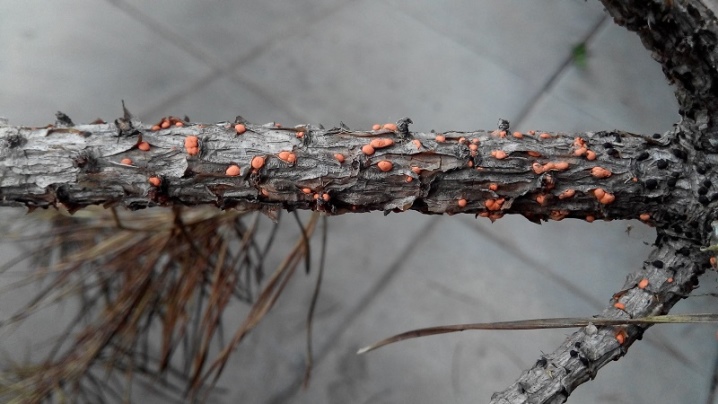
Biotorella pine cancer
A rare but extremely unpleasant fungal disease, which manifests itself through the darkening of the pine trunk and the gradual formation of dark tree sores, surrounded by resin deposits. The disease most often forms on the northern side of the tree, spreads slowly, but locally, without lingering in a certain place. The gradual growth of the lesion site leads to yellowing and falling off of the tree needles and the death of the tree.
To combat this disease, it is advised to remove the infected areas of the bark and branches with disinfected garden shears and carefully treat the sections with fungicides.
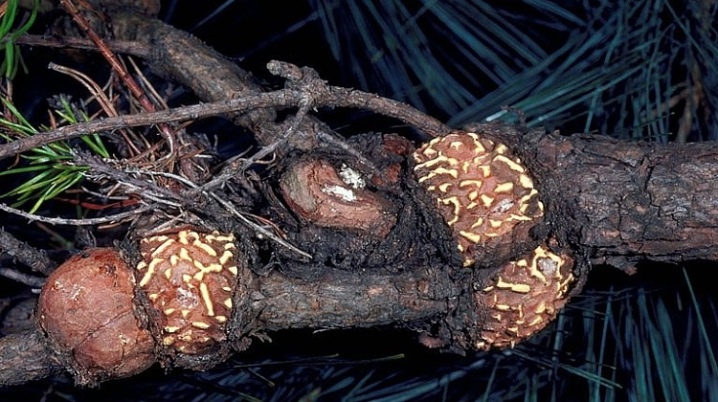
Scleroderriosis
This disease, caused by infection with the fungus Scleroderrislagerbergii, prefers to infect very young pine seedlings up to 2-3 years old. The surest sign of this disease is local yellowing of the needles on young tree branches, which then falls off from the lightest wind. Initially, the disease spreads only to the upper branches of the tree, and then gradually moves to the lower ones. At the very last stage of the development of the disease, it passes to the branches of the tree and the trunk itself.
This disease is considered the most dangerous for the pine, as it can very quickly lead to the death of the entire tree. In addition, this fungus quickly spreads to other plants and shrubs.
The best way to cure a tree from this disease is to remove the affected areas and treat the plant with fungicidal agents (copper sulfate and Bordeaux liquid). The most difficult thing is to treat an already mature tree - this fungus takes root deeply into the pine wood and can gradually destroy it over the course of decades.
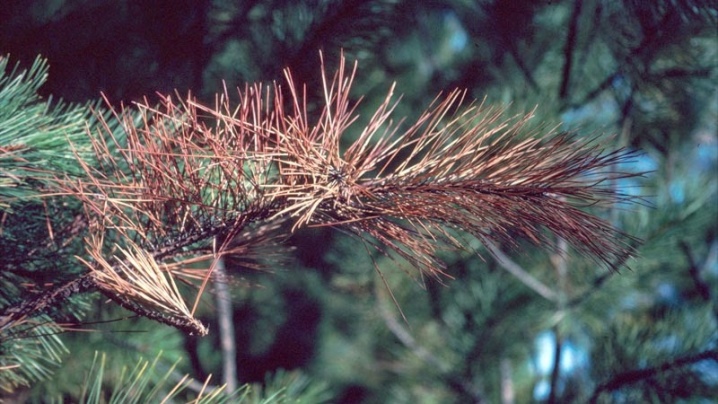
Rot
Many gardeners consider diseases of this nature to be the most dangerous - they can develop for more than a dozen years and gradually worsen the appearance of the tree. Such an ailment can manifest itself both on the branches of a plant and on the roots and trunk of a tree. The key symptom of these diseases is the gradual yellowing of the needles, shedding of the bark and the formation of the so-called trunk "voids". Pines prone to this disease, over time, become extremely unstable, fragile, light and can break during the first thunderstorm.
The main disadvantage of these diseases is the gradual development, which is difficult to detect at the very first stages. They spread on the bark of the tree extremely slowly, and they can only be detected when a full-fledged fruiting body of the fungus is formed.
In this case, therapy consists in removing fungal growths and treating the cut sites and voids with fungicidal agents.

Rust
One of the most common fungal diseases in Russian forests, caused by the fungus Coleosporium... The key sign by which one can identify rust on a pine tree is the formation of peculiar growths or "pads" of brown, orange or yellow color on the trunk, needles or branches of the tree. If these growths appear on the tree in the spring, then by the beginning of summer the yellowing passes to the needles, which is why it gradually loses its appearance and falls off.
In this case, treating the tree with conventional fungicidal preparations will not be enough. It requires funds with a high concentration of copper, for example, solutions "Kuproksat" and "Oksikhom". Rust is an extremely contagious disease, and therefore, in order to prevent it, it is necessary to spray not only infected pine, but also all shrubs and trees in the vicinity.
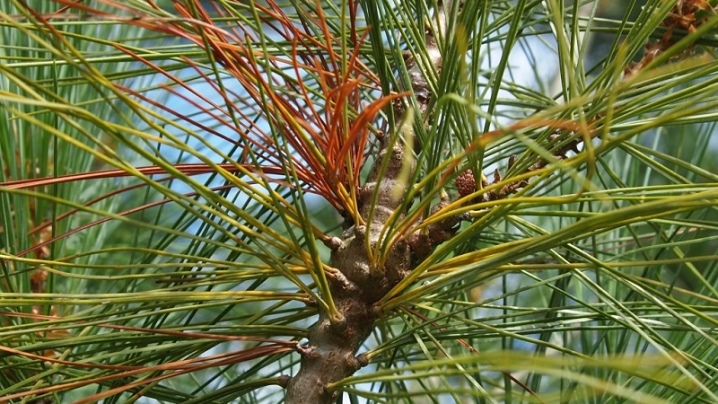
Powdery mildew
The causative agent of this disease is the extremely unpleasant fungus Erysiphales. This disease resembles small drops of dew densely placed on the needles of a coniferous plant. In reality, each of these droplets is a spore of the fungus, which slows down the development of needles, interferes with the receipt of natural light and water. As a result, the affected needles soon darken and fall off. This disease gradually weakens the tree's immunity, which makes the pine extremely unstable to temperature changes and sudden changes in weather.
As a therapy, it is advised to remove infected areas of branches and needles and treat the tree with foundation or colloidal sulfur. For a complete recovery, the tree must undergo a full course of spraying - this is at least 3-4 times within 2 years.
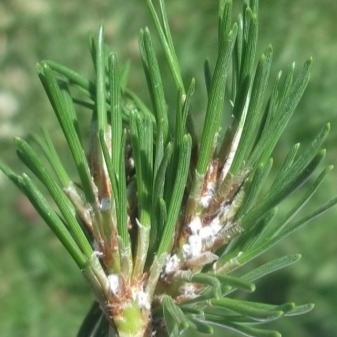
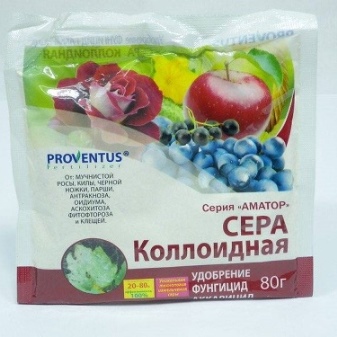
Snow Shute
The causative agent of this disease is the fungus Colletotrichum gloeosporiordes. A key sign of a snow shute is the appearance of dark spots and dashes on the needles of a coniferous plant. Over time, pine needles become gray or pale brown. The result of such a disease is quite predictable - the complete falling off of the needles and the gradual undermining of the pine's immunity.
To make the treatment as effective as possible, it is recommended to remove the affected areas of the tree and spray the pine with fungicides. Since this disease most often manifests itself in the fall, the treatment of the plant should be carried out before the onset of severe cold weather, so that the funds are on the needles of the tree during the entire autumn season and part of the winter.
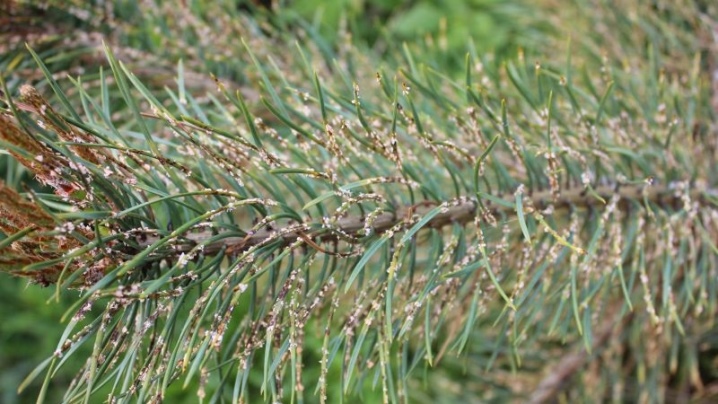
Fusarium
The causative agent of this disease is the Fusarium mushroom - an ardent opponent of all ornamental crops. Sources of infection here can be both soil and infected seeds, diseased plants nearby. The ideal conditions for the development of this fungus are excessive moisture, lack of sunlight and lack of ventilation.
Among the signs by which this disease can be determined are yellowing, thinning and drying of the needles on the crown. The fungus affects not only the needles and branches of the tree, but also the root system, blood vessels, preventing the supply of nutrients and the development of pine. Unfortunately, Fusarium disease is much easier to prevent than to cure. As a rule, when the signs of this disease become noticeable, treatment is almost meaningless.
Treatment takes place in several stages, where first the causes of the appearance of the fungus are clarified, and then the consequences are eliminated.
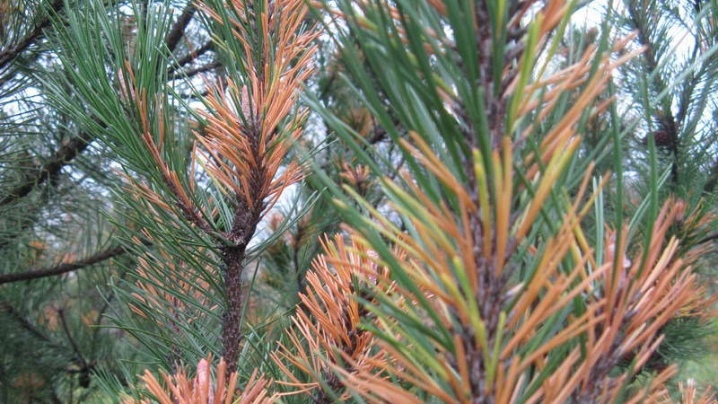
Verticillary wilting
It is also a fungal disease, but the causative agent in this case is the fungus Verticilliumalbo-atrum. This disease affects the integrity of the pine root system, which leads to lightening, softening and yellowing of the needles of the tree.
Fight this disease with regular preventive fungicidal treatments. In addition, it will be useful to monitor the level of alkalinity of the soil in your area - the lower it is, the better. Try to be smart about adjusting the moisture level around the trunk of the pine tree, do not forget about weekly gentle loosening.
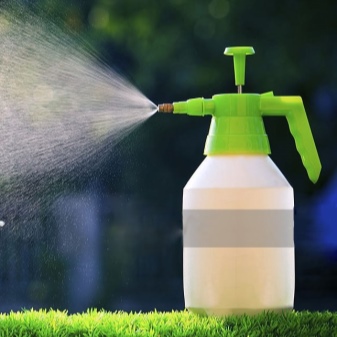
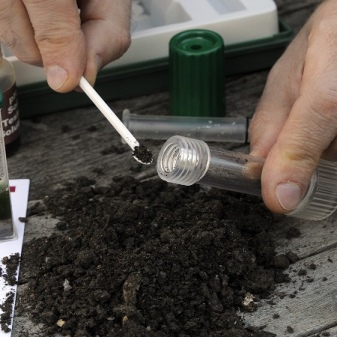
What pests are there and how to get rid of them?
Pine needles and wood are real delicacies for many insects and pests. If some of the insects occasionally feast on the fruits of pine, others are capable of creating whole colonies on the branches of this tree and cause significant harm to its health.
- Pine silkworm. It is considered a scourge for the Crimean and mountainous pine species. These insects lay dozens of eggs on the needles of a tree, from which brown caterpillars appear in 2-3 weeks, quickly devouring the needles and forming real nests.
- Red sawfly. Just as in the case of the silkworm, it is not the insect itself that is engaged in devouring the needles of a tree, but its larvae - black caterpillars. Most often, these pests can be found on Scots pine, Crimean and mountain pine. The result of the influence of these pests on pine is a deterioration in the general appearance of the tree, inhibition of its growth processes and a slowdown in the regeneration of needles.
- Red-headed sawfly. A common habitat is the Scots pine, rarely found on the Weymouth pines.
- Pine moth. The caterpillars of this insect prefer to devour the upper tips of the needles, which over time begins to dry out and fall off.
- Pine scoop. It prefers to lay its eggs on the lower branches of a pine tree, where there is no ventilation and a high level of humidity.
- Pine hawk moth. This pest lays eggs in the needles, of which green caterpillars with brown stripes appear in the summer season, which devour the needles of the tree.
- Pine shield. These pests prefer to suck the sap out of the plant and look like small white dots on needles. From the impact of these pests, the pine needles turn yellow and fall off over time.
- Spider mite. One of the most dangerous pests of pine. He not only sucks the juices from the pine, but also entangles its branches with white cobwebs, which interferes with natural ventilation and prevents the sun's rays from reaching the tree. As a result, pine branches begin to turn yellow, dry out and crumble.
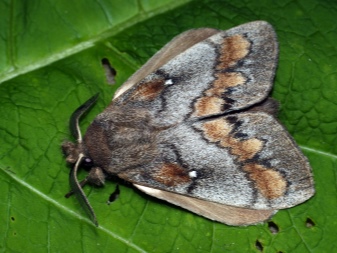
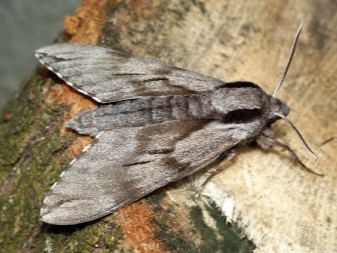
In addition, Hermes, ants and aphids love to feast on pine needles. Of the insects that prefer to eat the bark or roots of the pine, and not the needles themselves, the following can be distinguished.
- Brown aphid. The main diet of this pest is pine sap. In the spring season, these insects infect seedlings and young pines, and in the summer they are able to create entire colonies on the branches of mature trees.
- Subbug bug. Signs of the appearance of this pest are yellowing of the tree trunk, the formation of numerous cracks in the bark of the plant and resin deposits around the cracks. The peak of activity of this pest occurs in the spring and early summer. The result is a deterioration in the appearance of the tree and a weakening of the immune system.
- Shootweed. The main season of activity of these pests is the first half of May - early June. They prefer to lay eggs either in the root system (for wintering), or among the buds and shoots. These insects eat both the needles itself and young shoots of a pine tree, not allowing it to develop.
Also to this group of pests can be attributed to the point resin, pine barbel and blue goldfish. They can eat both pine bark and its fruits, cones.
To prevent the development of pests on pine, it is recommended to regularly monitor the condition of the bark, needles, shoots and needles. When prophylactic treatment of a plant or when processing already infected branches of a plant, you can resort to both folk remedies and chemicals.
The main condition of any treatment is to accurately determine the type of pest in order to choose the right direction of treatment.

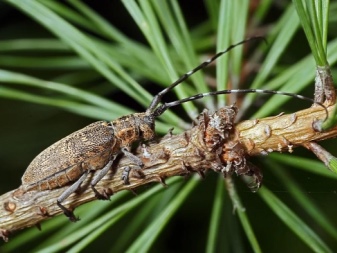
If you give preference to chemicals that can be purchased at gardening stores, then the following drugs are suitable here:
- from biological products - "Bitoxibacillin", "Lepidocide" or "Lepidobacticide";
- from chemical insecticides - "Confidor", "Aktellik".
Some gardeners recommend Arborjet for treating conifers against pests. It directly affects the immunity of the tree, since it is introduced into the tree trunk and dissolves in its sap.
There is also an option for preparing a remedy against pine pests with your own hands. There are three ways to treat pine in this way.
- Dissolve potash soap in one liter of heated water, rub the infected areas of the tree with the resulting mixture.
- You will need 300-350 grams of lemon or orange peel. For 3 days, insist the peel in 1 liter of boiled water. Tincture should be sprayed on pine with a spray bottle.
- In this case, 200 g of tobacco will be needed. Insist it in 5 liters of cold water for a day. Then you should strain the solution and add 100 g of household soap to it. Thus, pine should be processed within 3 days 2-3 times a day.
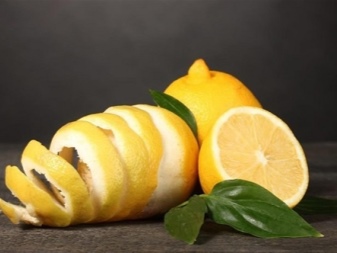
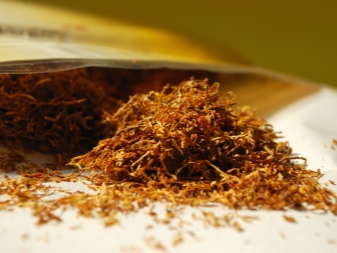
Prophylaxis
Remember that any disease of the common pine, be it a pest infestation or a fungal disease, is much easier to prevent than to treat the tree and hire a specialist.
Adhere to the following recommendations to maintain strong immunity and a beautiful appearance for your adult pine or young seedlings.
- The soil. The key to the health of any tree and plant is a properly selected place with soil rich in nutrients and moisture. Do not forget to constantly monitor the moisture level of the soil in which the pine tree grows, and also regularly supply it with mineral fertilizers.
- Sunlight. Most of the fungal pathogens develop precisely in darkened and humid areas, and therefore try to plant your pine trees in places with good natural light.
- Ventilation. Do not forget about the constant access of fresh air to the pine - for this, preventive pruning and thinning should be carried out every spring.
- Saplings and seeds. Conscientiously approach the selection of seedlings and seeds for planting - they must be of high quality and healthy. To do this, it is better to buy them in special forest nurseries.
- Fungicide treatment. Do not neglect the preventive treatment of your pines with standard fungicidal agents: Bordeaux mixture, copper sulfate. These funds, provided they are used no more than 1 time a year, will not bring any harm to the plant, but will only strengthen its immunity and prevent the appearance of pests and the development of diseases. The products necessary for processing conifers can be purchased at every gardening store at affordable prices.
- Loosening. Remember to do regular weeding around the trunk of your pine tree, especially when it comes to young plants. Often, weeds are carriers of fungal spores or serve as nests for pests.
- Pruning. At the beginning of the spring season, carry out preventive pruning of your tree - it will allow you to remove dried and diseased pine branches, diseased needles. In addition, pruning will thin out the crown and provide good ventilation.
In order to prevent further infection of the plant, all cut diseased branches should be burned.
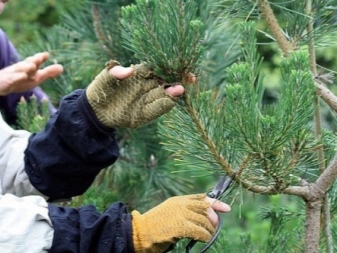
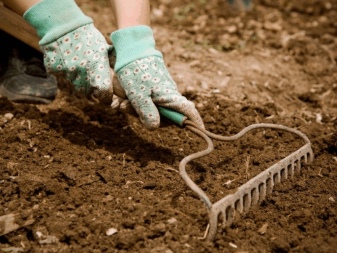
For information on what pine pests are and how to deal with them, see the next video.



































































A young Scots pine died. Sawed down - dry, and the trunk and root are all in holes-passages. Who killed her?
The comment was sent successfully.